Time for action: End the criminality and corruption fuelling wildlife crime



The landmark London Conference in February 2014 brought together heads of state and government representatives to discuss the rise in the illicit trade in wildlife and to sign up to a series of commitments to tackle the trade.
As we now take stock of the state of wildlife threatened by trade and the actions that countries have taken, it is clear that many commitments made on paper have not been translated into action. Indeed, many commitments made in the London Conference Declaration on Illegal Wildlife Trade have been made before and are yet to be implemented.
Since the London Conference, EIA has been involved in research and outreach to gather information on best practice and challenges in ongoing efforts to address illegal wildlife trade, with a focus on 15 key countries. We focused on three themes under the London Declaration – legislation to provide effective deterrent sentences, enforcement efforts and demand reduction.
The key findings of our preliminary research show that although there are some positive examples of progress, the criminal justice response to wildlife crime has largely been inadequate to turn the tide against the organised criminal syndicates involved in wildlife crime, which therefore continues to be a high profit, low risk crime.
Explore EIA’s findings with our profiles of the 15 key countries, highlighting their role in wildlife trade, positive actions and remaining challenges, and our overview report Time for Action: End the criminality and corruption fuelling wildlife crime.

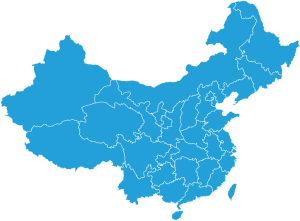

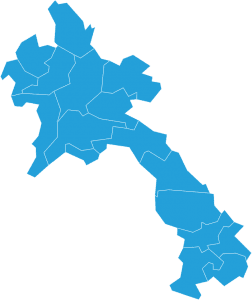


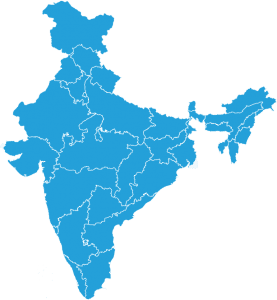

;”>

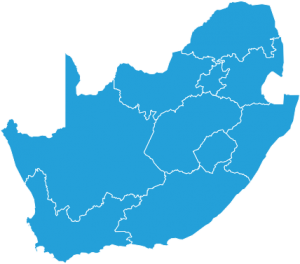
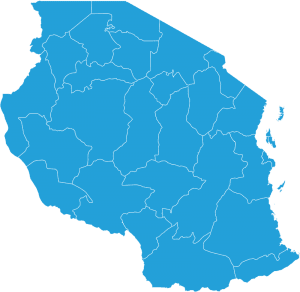
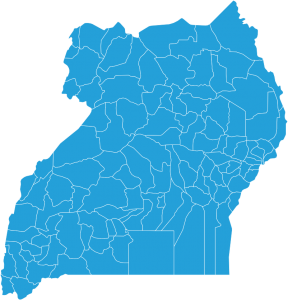
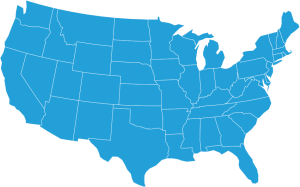
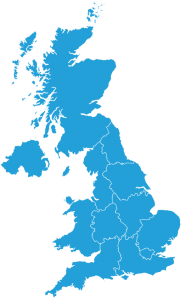
Since 2014, several wildlife species have continued to be decimated due to poaching fuelled by trade. There are less than 4,000 tiger remaining in the wild. In India, the world’s largest tiger range state with more than 50 per cent of the world’s tigers, more tigers were poached in the first six months of 2016 than in the whole of 2015. Leopards and snow leopards, often the “forgotten cats”, are also severely threatened by trade.
Elephants in Africa are being decimated. Census results released in 2016 concluded that Savanna elephants are declining at a shocking eight per cent each year due to poaching. Savanna elephants declined by 30 per cent (equal to 144,000 elephants) between 2007 and 2014.
Wildlife trade is also putting lesser-known species in serious danger. More than a million pangolins have been traded since 2000 and the trade is driving these species to extinction. Current levels of poaching of totoaba in the Gulf of Mexico to supply demand in China has driven the world’s most endangered cetacean, the vaquita, to the very edge of extinction.
Without urgent action to effectively reverse the high profit-low risk equation of wildlife crime and ensure justice is imposed on the key players orchestrating this crime, trade will likely see the continued decimation and extinction of many species in the near future. EIA is calling on all governments to follow the recommendations included in Time for Action to end the trade and save our planet’s wildlife from extinction.